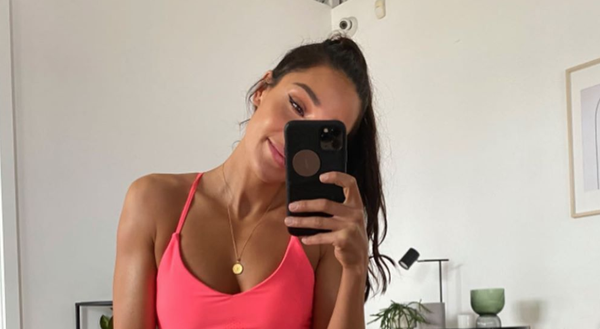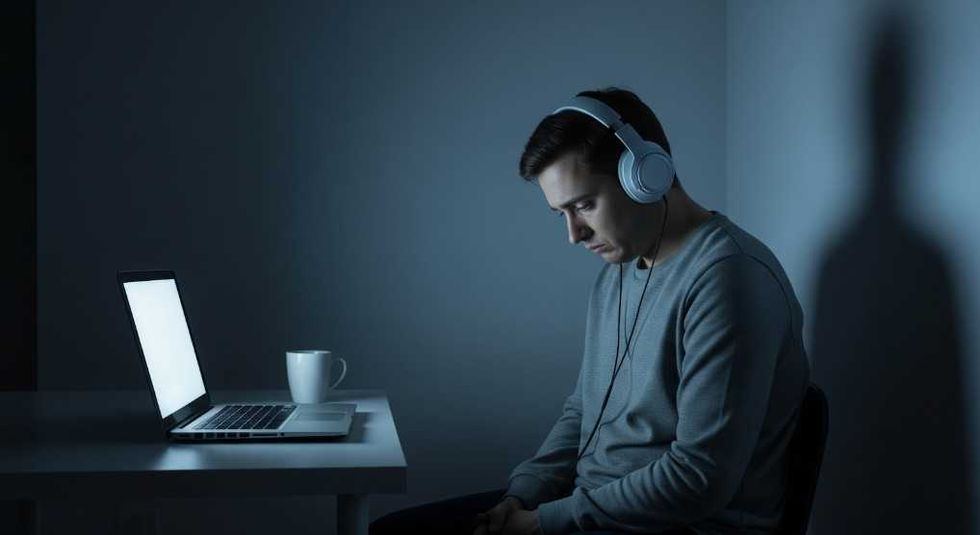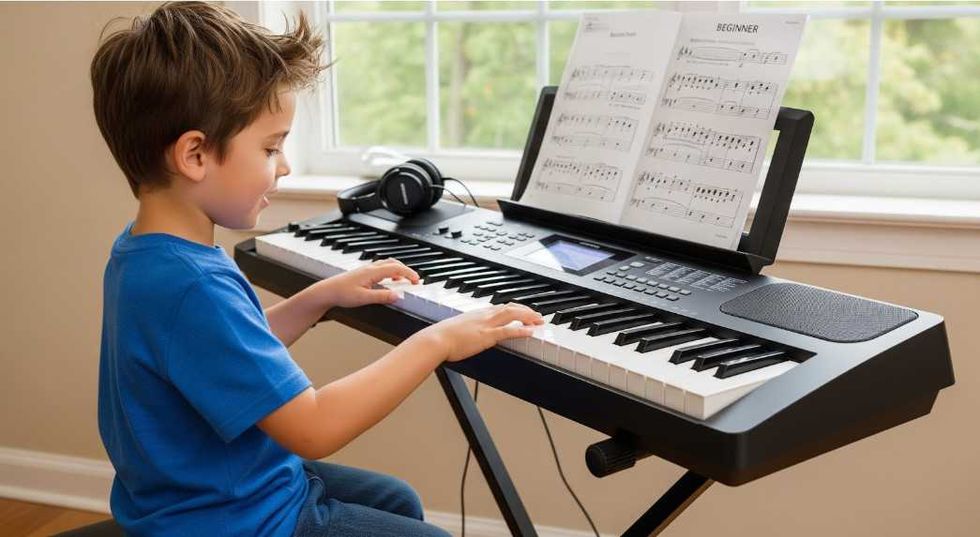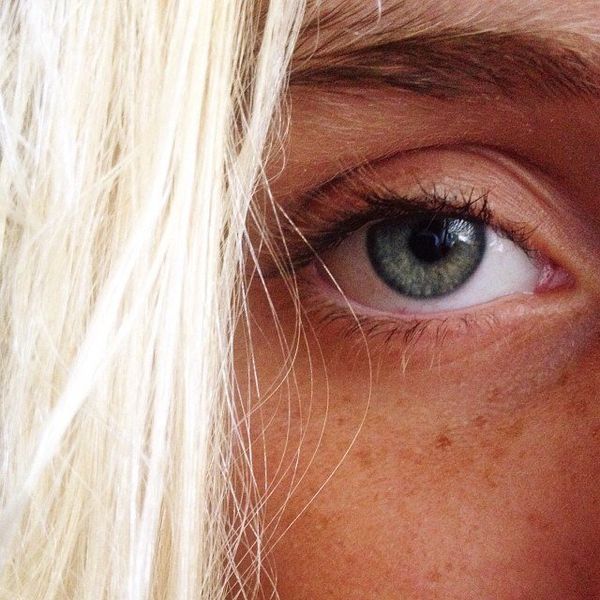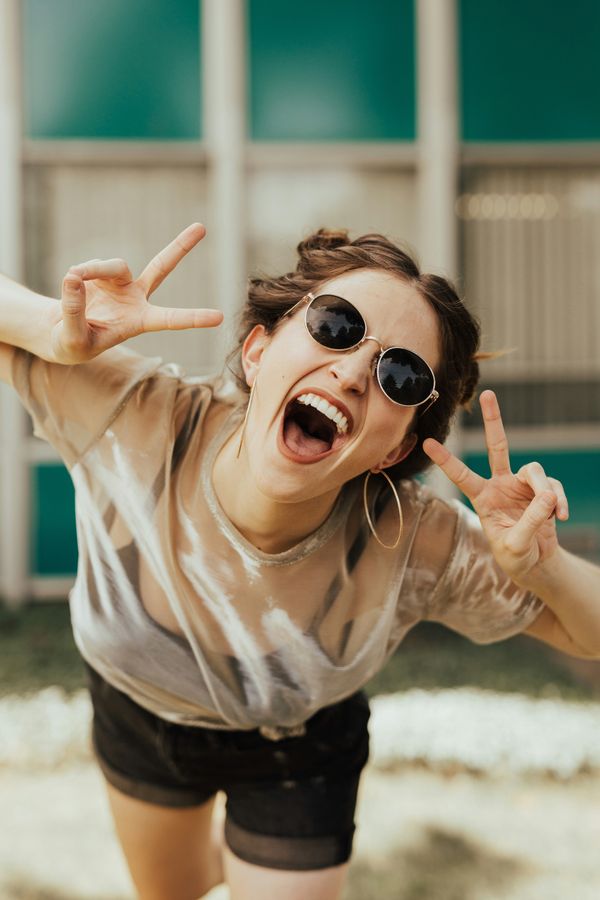Facebook seems convinced I am interested in Fabletics. Ads for Kate Hudson's fitness clothing line persistently pester me on social media, Pandora, and various websites. It's not surprising the internet has picked up on my interest in fitness, yet I have never been tempted enough to click the link because I am quite content in wearing cheaper, less-attractive clothes when working out. For some, however, working out has become quite the fashion show.
Fabletics is just one example of a celebrity endorsed fitness line. There is also Ivy Park by Beyonce, CALIA by Carrie Underwood, and Caelum by Brooke Burke-Charvet. But whether or not a sports brand is endorsed by a celebrity, there is no denying fitness clothing is in. Sales of sports clothes have dramatically increased over recent years, with a 9 percent increase in sales between 2012 and 2013 alone. As sales skyrocket, more companies are forming to specifically target fitness trends, and retail companies such as H&M are jumping on the bandwagon and adding their own fitness lines. It's not just that people are working out more but that people are wearing workout clothes more frequently. Today it is quite normal to wear yoga pants on the street, whereas such choices would have been frowned upon a few years earlier. As a result of the popularity of wearing sports clothes for everyday purposes, companies are focused on making their clothes not just functional, but fashionable.
Fitness fashion is nothing new. A look back through the decades reveals trends which induce varying levels of cringing, including leotards, leg warmers, and spandex. However, the current rise in fitness fashion is different in several ways. Firstly, as mentioned before, today's sports clothes are often worn outside the gym as much as in. Secondly, and perhaps most significantly, we are now in the era of social media. Fashionable fitness clothes become just part of the package when you can publicize cute gym selfies at the click of a button.
Searching Instagram for tags such as #gymfashion, #fitnessclothing, and #gymratz produce many carefully posed photos of people in nice workout clothes looking suspiciously well-put together in the gym. The women in these photos seem to have discovered methods of applying makeup and styling their hair which are not shaken one ounce by exercise while men flex their muscles in front of the mirror. The people posting these photos are invariable, shapely, and attractive. It is much rarer to see motivational pictures of people who do not fit the conventional model of fitness beauty standards.
The rise of fitness fashion clothes combined with selfie culture and social media equals an increased emphasis on appearance while working out. People want to look good while exercising, and they want to document those good looks to share with the world. They then want to walk out of the gym wearing the same fabulous clothes and not feel the need to change before their Starbucks run.
While everyone is certainly entitled to dress however they like when exercising and posting any number of selfies, there is a darker side to this fitness trend. During my freshman year, I was at the gym at 6 a.m. every morning. Because of the early time, I would roll out of bed, throw on clothes, put my hair in a ponytail and be out the door. I wasted zero time primping since I was going to get sweaty and shower soon anyway. These workouts were incredibly peaceful. I was one of the few people there that early, and the solitude combined with my apathy concerning my appearance allowed me to focus on my workouts in an almost Zen-like state. After that year, my schedule got crazier, and my workouts moved to later in the day. Suddenly there were many more people, and they all seemed to wear sleek, brightly colored fitness clothes. I now felt self-conscious in my baggy T-shirts and sweatpants. I was all too aware of the sweat dripping through my hair and felt compelled to throw on at least a little makeup before entering the building. Before, I felt completely comfortable in my own skin and clothes; now I felt the societal pressure to look attractive disrupting my ability to focus.
This was the first time in my life when I really felt this pressure, a pressure which still doesn't make sense to me. Exercise helps people look good, but why should they look good while in the act? Contrary to what Instagram would have you believe, exercise is not glamorous and pretty. It is dripping sweat, stinging muscles, gasping breaths, gulped mouthfuls of water, and awkwardly contorted bodies. True exercise is not posed, but the perfect snapshot of human beings engaged in effort. Workout clothes, to me, are anything I can comfortably move in. I do not want to feel hindered by my clothes, but I also want my mind free from thoughts about my appearance. I do not care about looking cute; I care about working my butt off.
None of this is meant to degrade those who do wish to look attractive during their workouts. Instead, I wish to create a discussion about the type of workout environment we are creating. Ideally, everyone should feel comfortable and able to focus at the gym. The dark side of fitness fashion and gym selfies are the unrealistic expectations and a need to look perfect while working out. This can put unnecessary pressure on those who are not interested in such trends or cannot afford to dress in more fashionable clothes. Exercise is a very personal process, and everyone is free to wear whatever they want. If those fitness fashion lines are your jam, then good for you. I, however, will stick to my thrift store yoga pants and old Relay for Life T-shirt.


